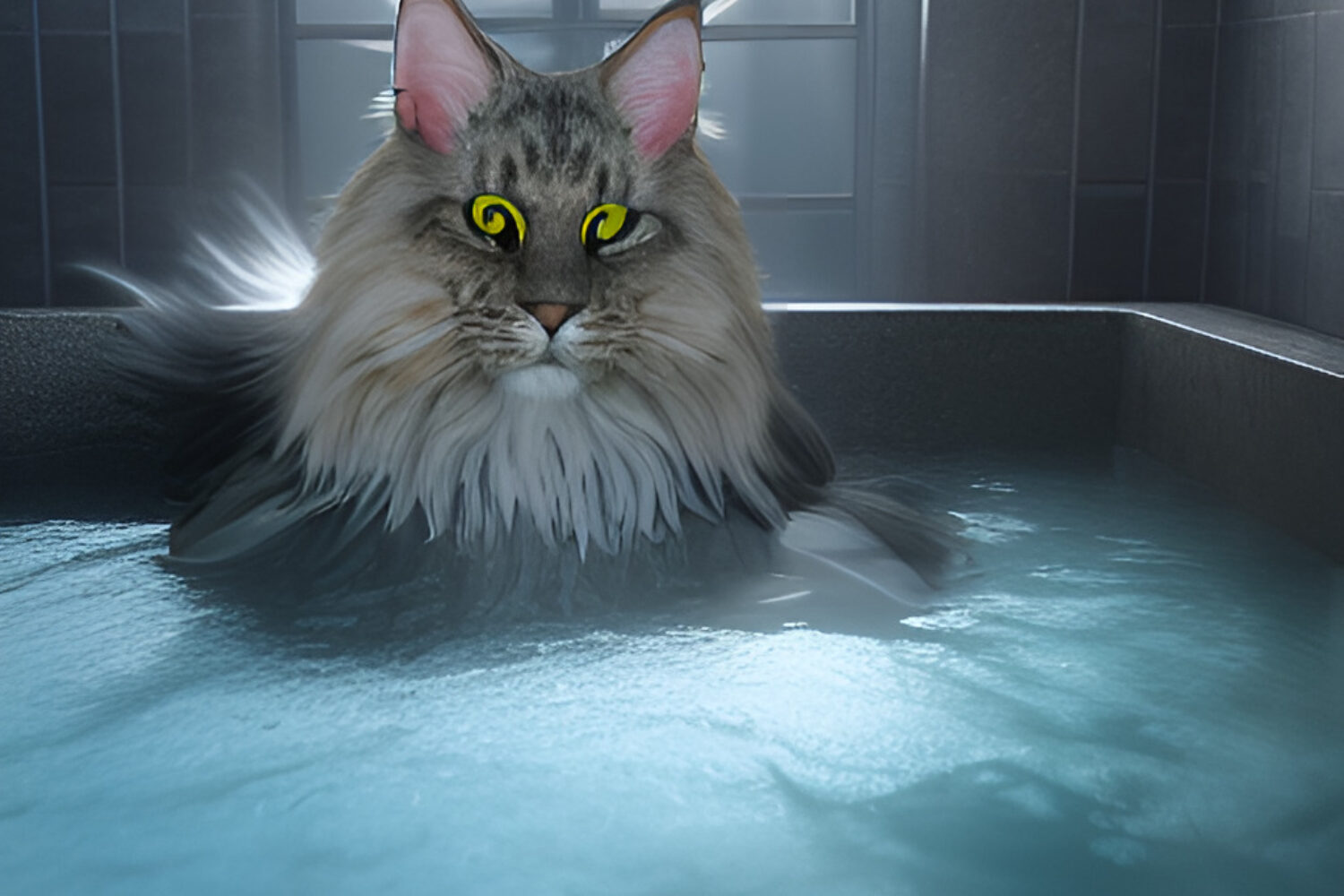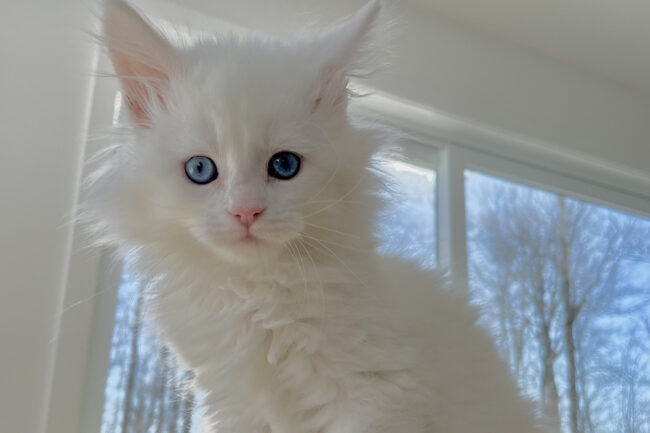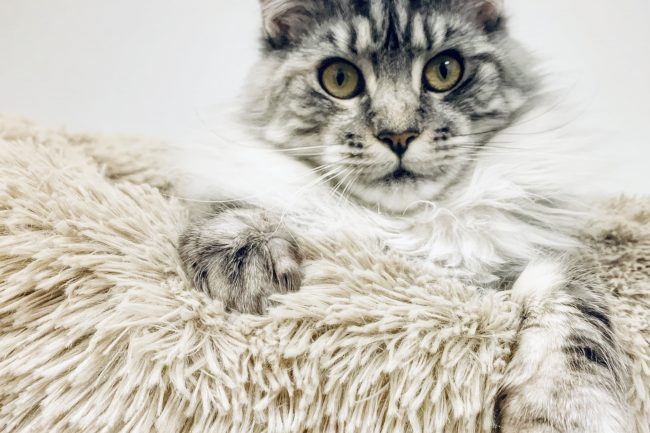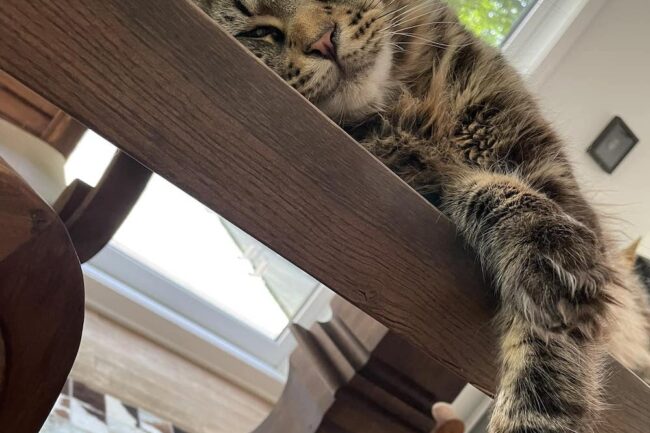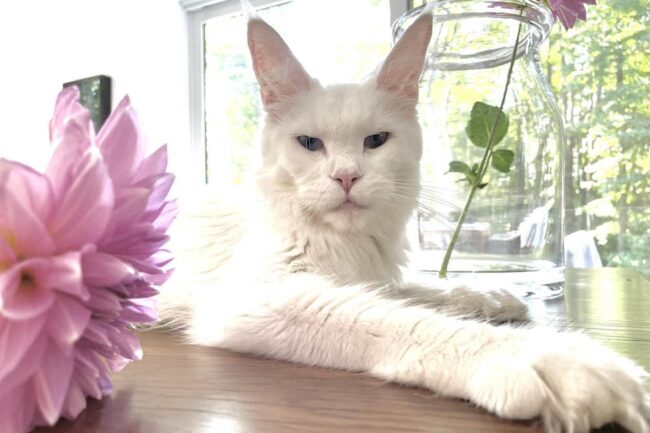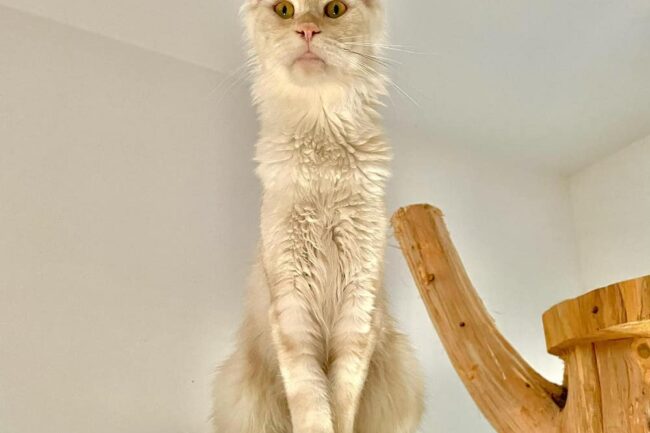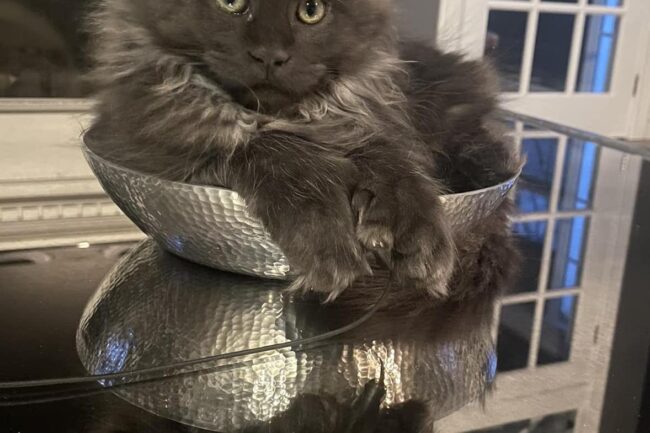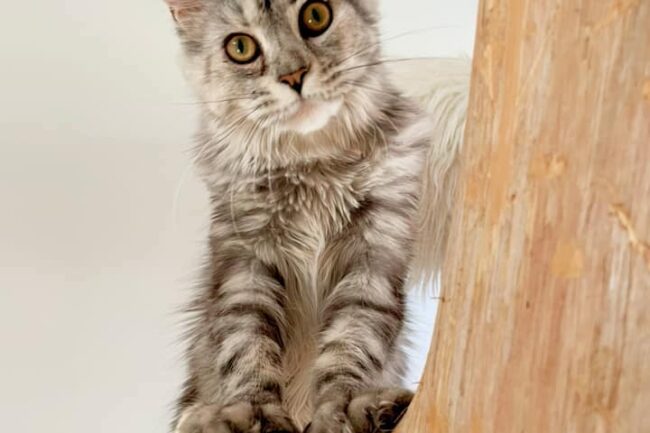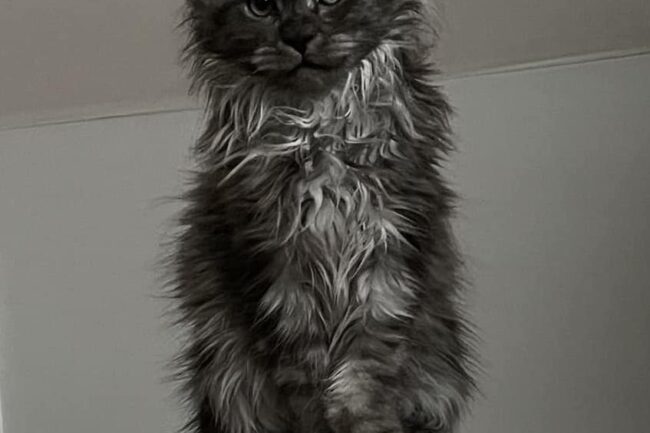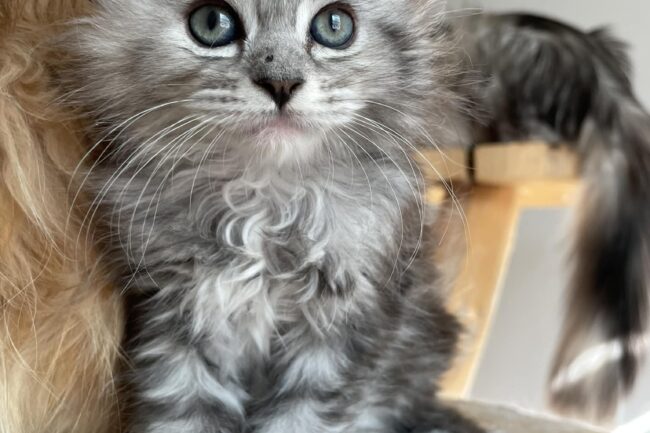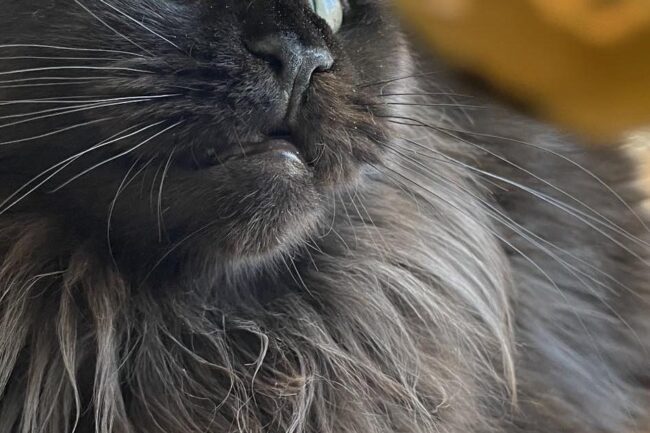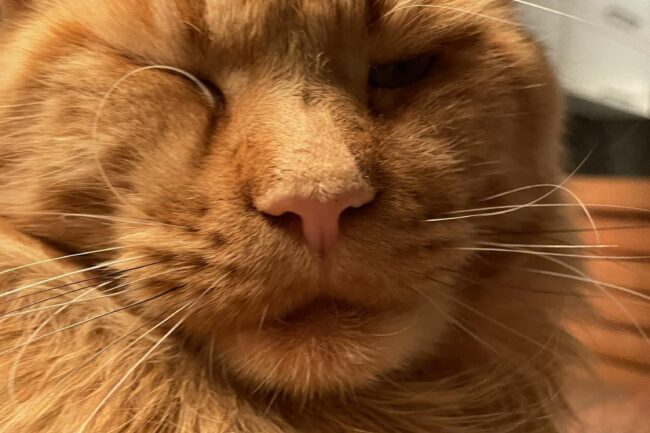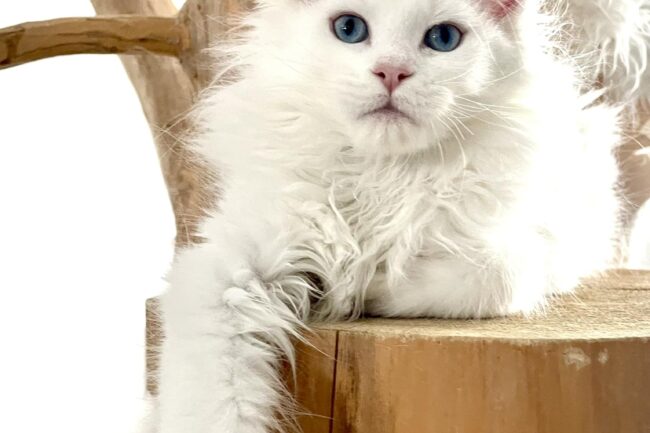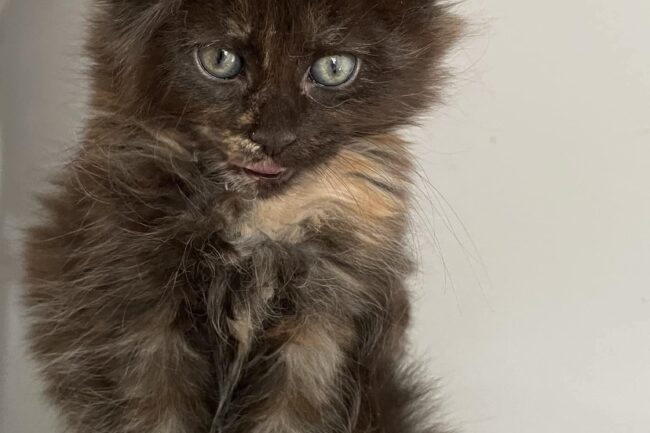Grooming plays a vital role in the overall health and well-being of our beloved feline friends. Regular grooming not only helps maintain their physical appearance but also promotes a clean and healthy coat, prevents matting, and allows for early detection of any potential health issues. In this article, we will provide you with essential cat grooming tips to ensure that your furry companion stays looking and feeling their best.
Brushing: A Key to Healthy Fur
Brushing your cat’s fur is crucial for removing loose hair, preventing matting, and reducing hairballs. The frequency of brushing depends on your cat’s coat length and type. Long-haired cats, such as Persians, require daily brushing, while short-haired cats typically need brushing once or twice a week.
Invest in a good quality cat brush or comb suitable for your cat’s coat. Brush gently and in the direction of hair growth, paying attention to areas prone to matting, like behind the ears and under the armpits. Regular brushing not only keeps your cat’s coat in top condition but also provides an opportunity for bonding and relaxation.
Nail Trimming: A Paw-sitive Experience
Regular nail trimming is essential to prevent your cat’s nails from becoming too long or sharp. Trimming also reduces the risk of accidental scratches or damage to furniture.
Use cat-specific nail clippers or human nail clippers with a straight edge. Be cautious not to cut too close to the quick—the sensitive area inside the nail. If you’re unsure about trimming your cat’s nails, consult a veterinarian or a professional groomer for guidance.
Dental Care: Fresh Breath and Healthy Teeth
Maintaining good dental hygiene is crucial for your cat’s overall health. Dental problems can lead to pain, difficulty eating, and even systemic issues. Establish a dental care routine early on to keep your cat’s teeth and gums healthy.
Introduce your cat to toothbrushing gradually, using a cat-specific toothbrush and toothpaste. Start by gently rubbing their gums with your finger, then progress to a toothbrush designed for cats. Aim to brush your cat’s teeth at least two to three times a week. Additionally, providing dental treats or toys designed to promote dental health can help keep your cat’s teeth clean and their breath fresh.
Ear Cleaning: Clearing the Path to Healthy Ears
Regular ear cleaning is important to prevent ear infections and remove excess wax and debris. Use a cat-specific ear cleaning solution and cotton balls or pads to clean the outer ear.
Gently lift your cat’s ear flap and apply a few drops of the cleaning solution. Massage the base of the ear to loosen any debris, and then use a cotton ball to wipe away the dirt. Avoid inserting anything deep into the ear canal, as it may cause injury. If you notice any signs of infection, such as redness, swelling, or a foul odor, consult your veterinarian.
Bathing: Keep it Purr-fectly Clean
Most cats are adept at self-grooming and rarely require baths. However, some circumstances, such as certain skin conditions or accidents, may necessitate bathing.
When bathing your cat, use a cat-specific shampoo and warm water. Ensure a secure grip and keep the bath calm and soothing. Rinse thoroughly and dry your cat gently with a towel. If your cat is particularly anxious or resistant to bathing, consult a professional groomer for assistance.
Cat grooming is an essential aspect of responsible pet ownership. By incorporating these grooming tips into your routine, you can help keep your feline friend looking and feeling their best. Remember to approach grooming sessions with patience, love, and positive reinforcement to make it a pleasant experience for

